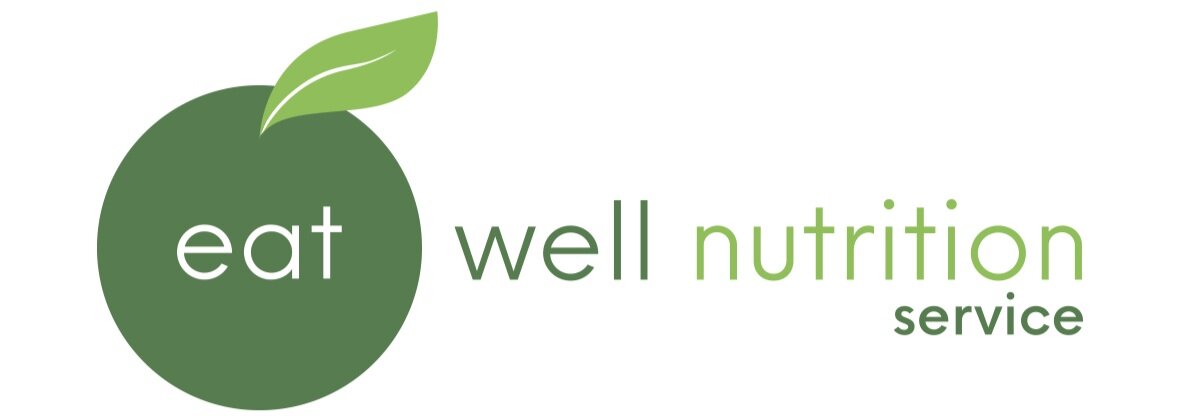Hydration in Aged Care
Residents in aged care need just as much fluid as younger people, however, they face significant challenges in meeting their hydration needs on a daily basis. Similarly, Its not just the warmer months that can contribute to dehydration; cooler months can also pose challenges such as heating in rooms, and colds and flu. It is important to ensure your facility has hydration practices and strategies in place to avoid dehydration.
The risk factors for dehydration include:
Poor oral intake
Requirement for thickened fluids
Poor access to fluids, such as being out of reach or residents preferring to stay in their rooms
Inability to independently eat and drink
Reduced thirst sensation
Medications
Some residents avoid too much fluid to reduce toilet visits, and/or continence issues
Increased fluids losses from conditions such as diarrhoea/vomiting, unstable diabetes, increased urine output, fever, respiratory illness and flu
Impaired cognition
There are a number of clinical signs of dehydration that care staff should be monitoring for. These include dry cracked lips, dry skin, darker urine or reduced urine output, dry oral mucosa, increased confusion and drowsiness.
The minimum volume of fluid required for adequate hydration is 1500 - 2000 ml per day; many residents will need prompting and assistance to achieve this. A number of strategies can be implemented in facilities to assist residents in meeting their hydration requirements. These include:
Ensure all staff are adequately trained with regards to the importance of hydration
Regularly provide fluids – e.g. every 1 ½ hours during the day
Instead of “would you like a drink” fluids, say “I’d like you to have a drink now”
Offer fluids at specific routine times e.g. before/after showering, after toileting, before/after physiotherapy, after activities program, with medication rounds etc.
Regular hydration trolley rounds
Offer residents their preferred drinks; make sure staff are aware of resident’s preferences
Prompt residents to drink at meal and snack times. Always ensure residents have a drink with their meal or snack
Ensure fluid is within residents’ reach
Educate families and visitors to offer fluids when visiting
Keep a fluid balance chart, especially for high risk residents
Use a sticker on trays of residents who need to drink more to help to prompt staff.
Identify at risk residents and pay more attention to them – e.g. confused, refusing fluids, febrile, on diuretics
All fluids can be included in the daily fluid intake for a resident. This includes soup, jelly, tea, coffee, milk, cordial, soft drinks, juice, custard, ice-cream, milk on cereal, as well as water. Tea and coffee can be used to meet total hydration needs in the same way as non caffeinated beverages. Fluids with a pleasant flavour that are enjoyed by the resident should be offered regularly as this will encourage the resident to drink more.
Meeting residents’ fluid requirements and ensuring they are well hydrated will result in better overall health and wellness for all residents at your facility.
